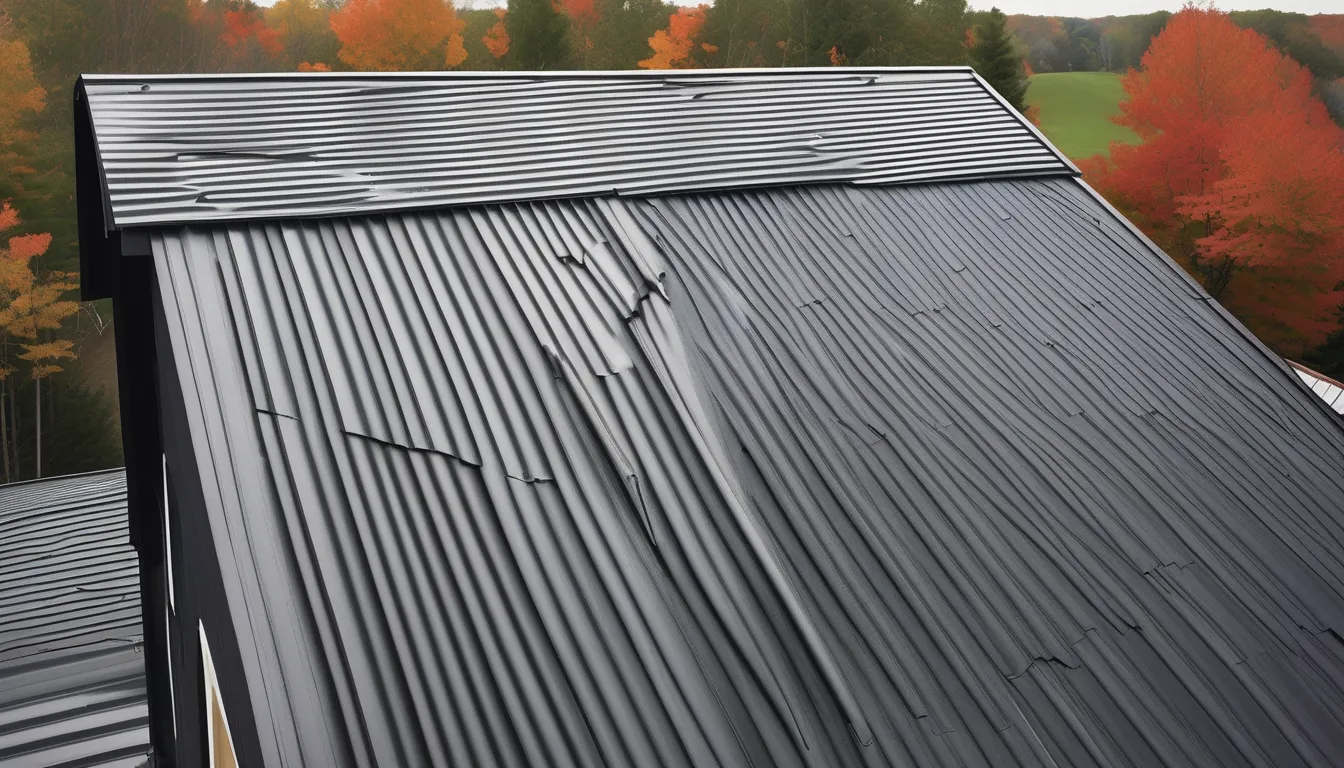When you’re working with metal roof panels, it’s crucial to get ventilation right to prevent moisture buildup, reduce energy costs, and ensure a longer roof lifespan. You’re likely aware that a well-designed ventilation system is key, but do you know what it takes to achieve optimal performance? It starts with choosing the right ventilation type for your specific project, and that’s just the beginning. As you consider the complexities of ventilation with metal roof panels, you’ll want to explore the best practices for installation, maintenance, and common design mistakes to avoid – and that’s exactly where we’ll go from here.
Importance of Ventilation Systems
When building or renovating a structure with metal roof panels, it’s essential to consider the critical role ventilation systems play in maintaining a safe and healthy indoor environment.
You’ll need to ensure that the air inside your building isn’t stale or moist, as this can lead to mold growth and other issues.
Inadequate ventilation can cause condensation to form on the underside of the metal roof panels, especially in humid or cold climates.
This can result in water damage, rust, or corrosion.
Additionally, poor ventilation can lead to indoor air pollution, which can negatively impact the health and well-being of occupants.
Choosing the Right Ventilation Type
Effective ventilation is key to a well-performing metal roof panel system. When choosing the right ventilation type, you need to consider several factors, including climate, building design, and local building codes.
You’ll want to decide between two main types of ventilation systems: static and powered.
Static ventilation systems rely on natural airflow to move air through the roof cavity. They’re often less expensive and easier to install, but may not provide adequate ventilation in areas with low wind speeds or high humidity.
Powered ventilation systems, on the other hand, use fans or blowers to actively move air through the roof cavity. They’re more effective in areas with limited natural airflow, but require more maintenance and energy.
You’ll also need to consider the type of ventilation components you’ll use, such as ridge vents, soffit vents, or cupolas.
It’s essential to choose components that are compatible with your roof panel system and provide adequate airflow. Additionally, consider factors like noise levels, durability, and cost when selecting the right ventilation type for your metal roof panel system.
Installing Ventilation Components Correctly
You’ve chosen the right ventilation type for your metal roof panel system, now it’s time to focus on installing the ventilation components correctly. Ensure that all components are compatible with your metal roof panel system and meet local building codes.
Read and follow the manufacturer’s instructions for specific installation requirements.
Start by laying out the ventilation components, including vents, flashing, and sealants. Double-check the measurements to ensure accurate placement.
When installing vents, secure them to the roof deck using approved fasteners and ensure they’re level. Apply sealants around vents and other components to prevent air leaks and moisture intrusion.
For ridge vents, ensure they’re centered along the ridge line and securely attached to the roof deck.
For soffit vents, install them at least 12 inches apart and ensure they’re not obstructed by insulation or other materials.
Regularly inspect the ventilation components during installation to ensure they’re properly sealed and functioning as intended.
Proper installation is critical to ensure your ventilation system operates effectively and efficiently.
Common Ventilation Design Mistakes
Common Ventilation Design Mistakes
Many metal roof panel systems fall victim to poorly designed ventilation, which can lead to a host of issues, including increased energy costs, ice dams, and premature material degradation. As you design your ventilation system, you’ll want to avoid common mistakes that can compromise the effectiveness of your system.
| Ventilation Design Mistakes | Consequences | Prevention Strategies |
|---|---|---|
| Insufficient intake vents | Inadequate airflow, increased energy costs | Ensure intake vents are sized correctly and installed in the right locations |
| Incorrect vent placement | Reduced airflow, ice dams | Place vents at regular intervals, taking into account wind direction and roof slope |
| Inadequate weatherproofing | Water intrusion, material degradation | Use weatherproofing materials and ensure they’re installed correctly |
| Over-reliance on ridge vents | Inadequate airflow in certain areas | Use a combination of ridge vents and other types of vents to ensure even airflow |
| Failure to consider local climate | Inadequate ventilation, increased energy costs | Research local climate conditions and design your ventilation system accordingly |
Maintaining Ventilation System Efficiency
Maintaining Ventilation System Efficiency
A well-designed ventilation system is only as good as its maintenance. You’ve invested time and resources into designing a ventilation system for your metal roof panels, but if you don’t maintain it, you risk compromising its efficiency and effectiveness.
Neglecting maintenance can lead to issues such as moisture buildup, reduced airflow, and increased energy costs.
To ensure your ventilation system operates at its best, you need to prioritize regular maintenance. Here are some key tasks to focus on:
- *Monitor ventilation openings and inlets to ensure they’re not clogged with debris or animal nests, which can restrict airflow and cause moisture buildup.*
- *Inspect and replace worn-out or damaged components, such as Steel Ridge roofing accessories vents, soffit vents, or ridge vents, to maintain optimal airflow and prevent leaks.*
- *Clean and clear gutters and downspouts to ensure proper water drainage and prevent ice dams from forming.*
- *Check for signs of wear, such as rust or corrosion, on metal components and address them promptly to prevent further damage.*
Conclusion
You’ve learned the best practices for ventilation with metal roof panels. Now, put this knowledge into action to ensure optimal performance and longevity. By choosing the right ventilation type, installing components correctly, avoiding common design mistakes, and maintaining your system, you’ll prevent debris buildup, air leaks, and moisture intrusion. Regular inspections will help you address signs of wear promptly, saving you time and money in the long run.


